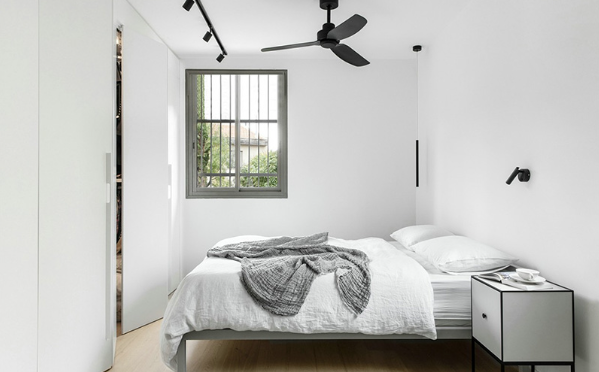When it comes to renovating a workplace, misinformation can be just as damaging as poor planning. Business owners and managers in Singapore frequently encounter half-truths that influence decisions and lead to delays, budget overruns, or uninspired results. These myths are widespread and hard to shake, particularly in industries under pressure to keep costs down while maintaining high productivity. Understanding the reality behind these misconceptions can dramatically improve renovation outcomes, whether you’re updating a compact workspace or transforming an entire floor.
Myth 1: A Tight Budget Means Compromising on Quality
It’s easy to assume that spending less will automatically result in subpar materials, rushed work, or uninspired design. In truth, a limited budget doesn’t have to mean low quality—it means making deliberate choices. An experienced office renovation contractor can help prioritise the elements that matter most, focusing on high-impact upgrades like lighting, acoustics, and layout efficiency. Many modern materials offer durability and aesthetic appeal without inflating the cost, especially when used strategically. Smart budgeting involves making the right trade-offs, not cutting corners blindly.
Companies that embrace creative design solutions often get better long-term value than those that chase the cheapest options. For example, integrating modular elements or adaptable furniture helps create spaces that evolve with business needs. Working with professionals who understand practical constraints makes it easier to stretch each dollar, ensuring results that reflect the brand while supporting employee wellbeing.
Myth 2: Renovations Are Always Disruptive
Some organisations delay office renovation plans for months—or even years—because they fear the process will halt daily operations. While renovations do introduce change, they don’t always demand total shutdowns. Effective planning allows much of the work to take place in stages, during off-peak hours, or even over weekends. The key lies in coordination, sequencing, and transparency.
Professional contractors are skilled at creating phased plans that minimise noise, dust, and interference with staff. By communicating clearly and establishing expectations early, companies can navigate renovations without major disruptions. In addition, short-term discomfort can lead to long-term gains: improved layouts, better use of space, and an environment that reflects corporate values. A well-timed renovation—even one done in phases—often enhances morale, especially when employees are involved in the design process.
Myth 3: Office Design Is Purely Aesthetic
This myth persists in workplaces where decoration is mistaken for transformation. While visual appeal is important, office interior decoration goes far beyond paint and furniture. The best renovation strategies consider how people move, interact, and function throughout the day. This means thoughtful space planning, lighting design, acoustic control, and ergonomic considerations.
A beautiful office that doesn’t support workflow is just a showroom. A strategic renovation improves functionality while reinforcing brand identity. When planning changes, businesses should consider how layout affects team dynamics, how natural light influences energy, or how meeting areas support collaboration. These functional choices are where design meets purpose. Offices that prioritise beauty without addressing usability usually find themselves making further changes within a few years.
In Singapore, where space is often limited and lease durations are fixed, the margin for design error is slim. Engaging an office renovation contractor who takes both form and function seriously ensures that the final result goes beyond surface-level upgrades. A space that works well supports productivity, reduces long-term costs, and makes room for growth.
Understanding the truth behind office renovation myths is crucial for making informed decisions. Budget limitations don’t have to mean poor results, disruption can be managed through proper planning, and thoughtful design is about function as much as form. Businesses that challenge these misconceptions position themselves for better work environments that support their teams and adapt to future needs.
Contact Raw Design Consultants to learn more.











